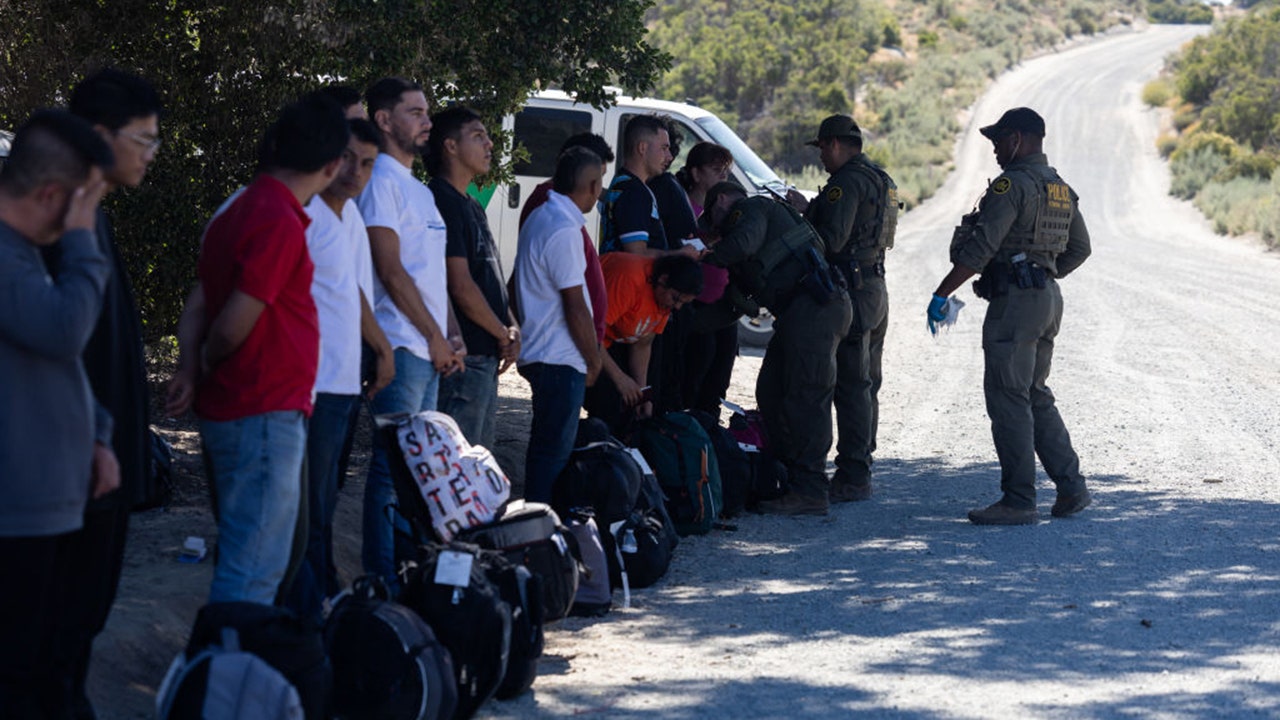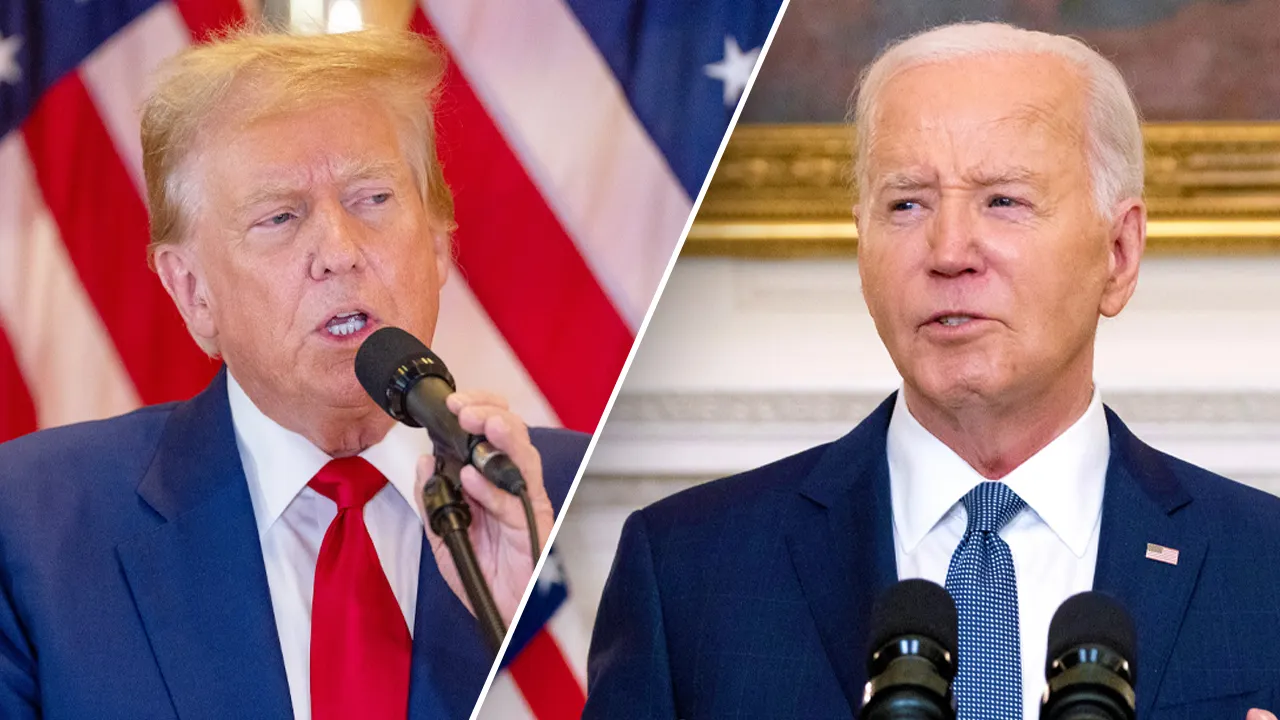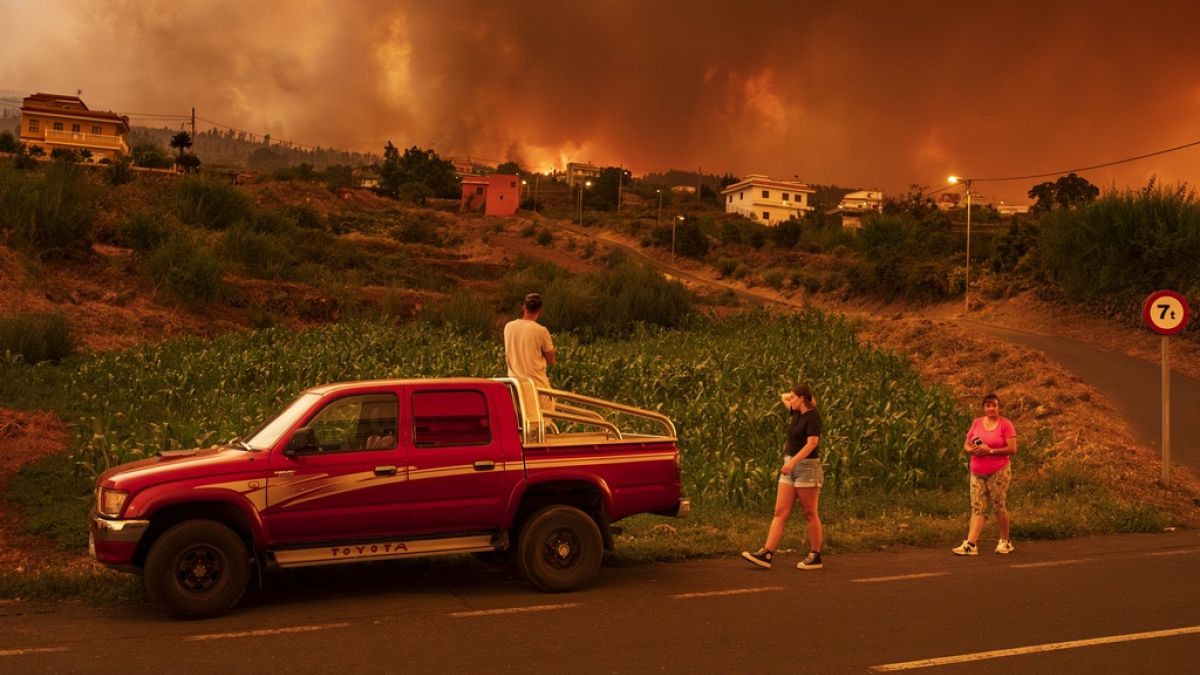Oklahoma
Oklahoma AG sues U.S. Health Department over lost family planning grant
/cloudfront-us-east-1.images.arcpublishing.com/gray/6XC6RN67BBBKZD7HQPTWCKUB3U.jpg)
OKLAHOMA CITY, Okla. (KSWO) – Oklahoma Attorney General Gentner Drummond has filed a lawsuit against the U.S. Department of Health in response to suspending a family planning grant.
The Health Department took the Title X funds previously used for groups like Planned Parenthood earlier this year due to the state declining to refer women for abortions.
The AG’s office says the law stipulates Title X funding cannot be used in programs where abortion is a method of family planning and the state is being punished for its policies.
State health officials said the revoking of those funds also takes away from cancer screenings, breast exams and pregnancy prevention programs.
Copyright 2023 KSWO. All rights reserved.

Oklahoma
Hot & Humid Saturday Night, Thunderstorms Possible For NW Oklahoma

What will the weather be like this weekend?
Late Friday night, a few storms could move into western Oklahoma.
The weekend is looking hot & humid with more storm chances on Sunday.
Temperatures will be warm and breezy if you are bringing your furry friend to OKC for Poochella at Scissortail Park on Saturday.
Active Watches & Warnings:
- Severe Thunderstorm Watch active for Alfalfa, Beaver, Dewey, Ellis, Harper, Major, Roger Mills, Texas, Woods and Woodward County until 1:00 am.
PATTERN SHIFT COMING:
As we typically see, the main jet stream lifts north as we head into June. This is the main storm path, so Oklahoma’s organized severe season will come to an end.
We can and will still get strong to severe storms, but the tornado risk goes way down.
Next week, the big ridge of high pressure known as the “heat dome” will appear. This puts us in the northwest flow of the jet stream, which sometimes means complex storms arrive from the high Plains.
Wind and hail producers. We will see. Eventually the heat dome usually moves directly over head, and we shut off the rain and we see our temps spike. This typically happens in July.
Follow our meteorologists!
Meteorologist David Payne
Meteorologist Jed Castles
Meteorologist Cassie Heiter
Meteorologist Justin Rudicel
Meteorologist Lacey Swope
Meteorologist Andrew Adams
Oklahoma
‘Pretty Damn Cool:’ Oklahoma’s Adds Local QB Through Transfer Portal

Oklahoma’s quarterback room just got a lot deeper — and with a local QB at that.
Steele Wasel has transferred from Akron, where he redshirted in 2023, to OU, he told Sooners on SI Saturday.
The news was first reported by OU Insider’s Brandon Drumm and Parker Thune.
Wasel said he grew up an OU football fan and loved watching one Sooner QB in particular.
“It was my freshman year,” he said. “They started inviting me to come out to some of the games, and just watching Baker Mayfield play as a young kid, getting into football, it was pretty damn cool.
“I don’t know if I would say I model my game after him, but definitely one of my favorites to watch.”
Wasel was offered by offensive coordinator and quarterbacks coach Seth Littrell to join OU’s roster as a preferred walk-on.
“So I went in the portal and not too long after, Coach Littrell called me,” Wasel said. “You know, it was actually like probably two or three weeks ago that we had finalized it, but I had been just waiting for my admission to go through before I put anything out there.”
Littrell always kept his finger on the pulse of Oklahoma recruits when he was head coach at North Texas — especially quarterbacks — but Wasel said he never spoke with Littrell before he got the call.
“I was just sitting in my bed, doing some school work, and I got a call from him,” Wasel said. “Pretty crazy deal.”
Littrell apparently got an assist from the Sooners’ growing NIL collective, which has a program specifically targeting walk-ons.
“We haven’t gotten to any of that stuff yet,” Wasel said.
Wasel was a prolific quarterback at Choctaw in 2022, when he threw for 3,325 yards and 38 touchdowns, rushed for 543 yards and five touchdowns, and led the Yellowjackets to an 11-2 record and playoff run. Wasel was a three-year starter for coach Jake Corbin and was named Oklahoma All-State. As a sophomore in 2020, he Wasel racked up 3,324 total yards and 33 touchdowns and powered his team the state championship game.
He was part of a Choctaw team that sent at least seven players into Division I football, including former Sooner defensive back Jordan Mukes and two others who went to Oklahoma State.
“I never thought about it like that,” he said. “Saying them all out loud, puts a little different perspective on it.”
The 6-foot-4, 215-pound Wasel was a 3-star prospect coming out of high school, according to 247 Sports. He chose Akron over scholarship offers from Arkansas State, Memphis, Rice, Tulsa and Virginia Tech, and had several Power 5 offers as a preferred walk-on.
At Akron last year, as the Zips were just 2-10 for the second consecutive year under coach Joe Moorhead, Wasel did not get any game action.
“There’s no bad blood with them,” Wasel said. “Nothing bad to say about them. I just feel like it wasn’t right for me — for me to be the best I can be and just be happy on and off the field.”
Now he’s playing for the program for which he grew up supporting, and at the spot of the player he grew up cheering for.
“I’m a huge Baker Mayfield fan obviously, grew up watching him,” Wasel told Sooners on SI in 2021, especially “the way he resets his feet and the way he leads his team.”
At OU, he’ll enrich a QB room that’s grown in both depth and talent over the past year with the addition of freshmen Michael Hawkins and Brendan Zurbrugg as well as seventh-year senior and three-time transfer Casey Thompson behind sophomore starter Jackson Arnold.
“Just want to show up there and do whatever I can to make myself better and make my team better,” he said.
“Shoot, I’m just ready as hell to get out there and get started. Not too much else to it. … Work hard and just play ball.”
Oklahoma
Why are sirens going off in Oklahoma City today? Tornado tests may occur before WCWS games Saturday

When fans start to arrive for UCLA and Oklahoma softball’s winner’s bracket Women’s College World Series game on Saturday, they might hear an alarming noise.
Patrons traveling from other areas might not be familiar with the echoing tornado sirens that go off each Saturday in Oklahoma City. But there’s no reason to fret, at least for a certain part of the day.
REQUIRED READING: Mussatto: Get ready for another OU-UCLA clash, the marquee matchup in college softball
Oklahoma City tests its tornado sirens every Saturday at 12 p.m., unless there’s already inclement weather to be expected. The noise can be quite jarring, especially if there’s clear skies and sun.
Here’s everything to know about Oklahoma City’s tornado sirens, which will likely be heard by many on their way to Devon Park on Saturday:
Why are sirens going off in Oklahoma City today?
Oklahoma City tests its tornado sirens nearly every Saturday at 12 p.m., unless there’s incoming inclement weather, according to the city’s website.
The reasoning is simple: Oklahoma is subject to some of the most dangerous and often tornadoes in the United States, making it important for sirens to work effectively in the event of severe weather.
Oklahoma City has 182 tornado sirens in its area, all of which will echo together for a few minutes during each Saturday’s testing run.
REQUIRED READING: OU softball star Jayda Coleman’s ‘game-changing’ heroics continue in WCWS vs Duke
What time are tornado sirens in Oklahoma City?
The tornado siren tests are always at 12 p.m. on Saturdays in Oklahoma City.
There are no softball games scheduled for noon on Saturday, but patrons in Oklahoma City’s vicinity will likely hear the sirens on their way to Devon Park for the WCWS.
Women’s College World Series weather
Unfortunately for many, weather does not stop even though college softball’s top destination is underway.
Each year, it’s typical for numerous weather delays to halt play at the Women’s College World Series, and 2024 has been no exception.
Play was delayed on the opening day of the tournament Thursday, as Alabama and UCLA’s game started around half-an-hour late due to lightning being in the area.
On Saturday and Sunday, however, things might be looking up in terms of weather, as there’s a 20% chance for thunderstorms, according to the National Weather Service.
WCWS schedule Saturday
Here’s the WCWS schedule for Saturday in Oklahoma City:
- No. 2 Oklahoma vs. No. 6 UCLA | 2 p.m. CT | ABC
- No. 4 Florida vs. No. 1 Texas | 6 p.m. CT | ESPN
-

 News1 week ago
News1 week agoRead the I.C.J. Ruling on Israel’s Rafah Offensive
-

 News1 week ago
News1 week agoVideo: Protesters Take Over U.C.L.A. Building
-

 World1 week ago
World1 week ago€440k frozen in Italy over suspect scam by fake farmers
-

 World1 week ago
World1 week agoHoping to pave pathway to peace, Norway to recognise Palestinian statehood
-
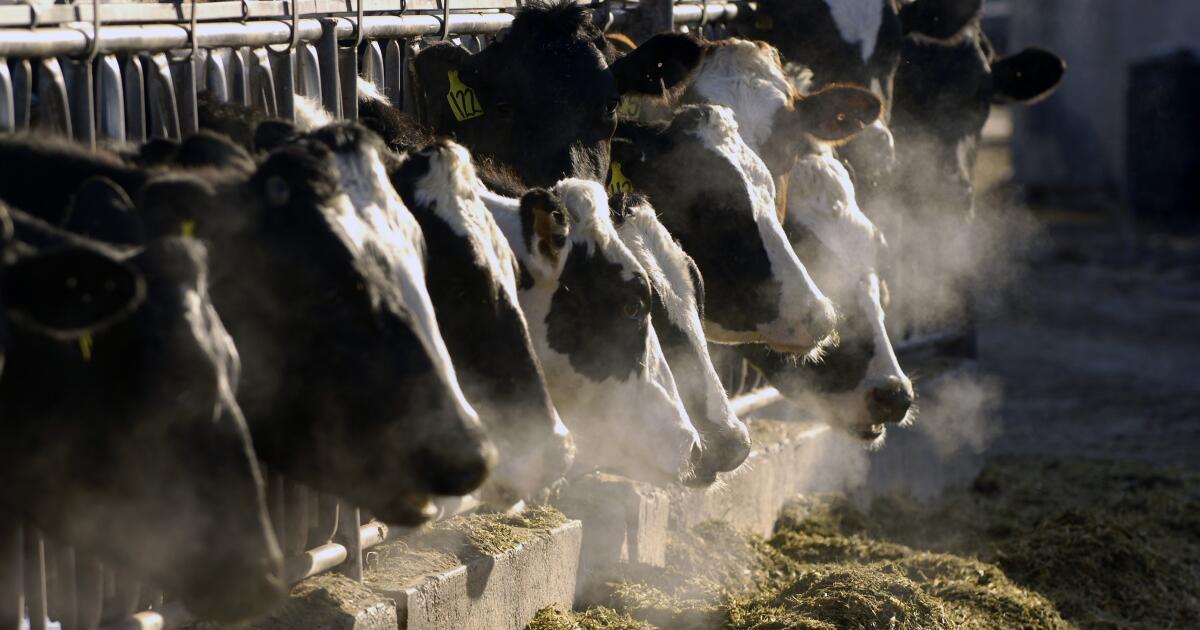
 Science1 week ago
Science1 week agoSecond human case of bird flu detected in Michigan dairy worker
-

 News1 week ago
News1 week agoLegendary U.S. World War II submarine located 3,000 feet underwater off the Philippines
-

 Politics1 week ago
Politics1 week agoAOC demands Senate Democrats investigate reports of Jan. 6 flags flown at Supreme Court Justice Alito's home
-
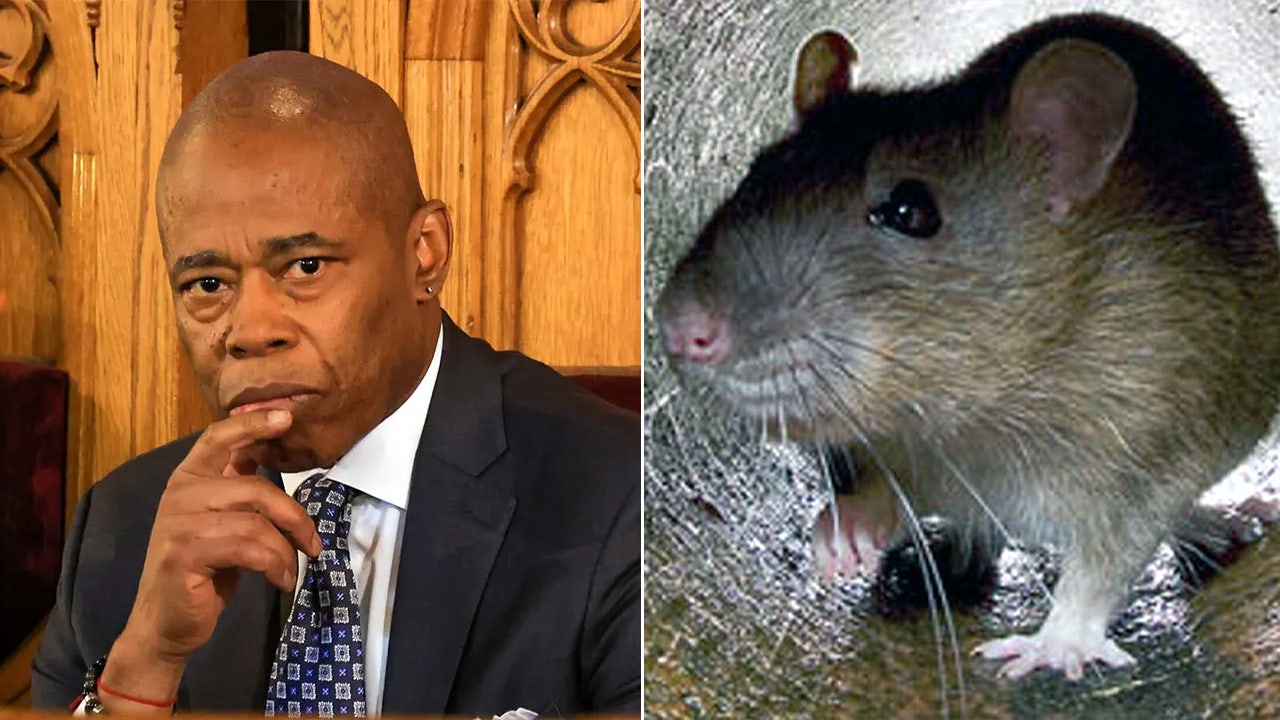
 Politics1 week ago
Politics1 week agoNYC Mayor Eric Adams announces Urban Rat Summit to combat rodent crisis: 'I hate rats'













